The automotive industry's rapid adoption of gigacasting—a revolutionary manufacturing technique that produces large, single-piece vehicle components—has sparked heated debates about its long-term implications for repair economics. What began as Tesla's bold experiment to streamline production has now become an industry-wide arms race, with legacy automakers from Toyota to General Motors scrambling to implement their own versions of the technology. While executives tout dramatic cost savings in assembly, collision repair specialists and insurers are sounding alarms about potentially catastrophic consequences for vehicle repairability.
At the heart of the controversy lies a fundamental tension between manufacturing efficiency and serviceability. Traditional vehicle architectures, composed of numerous welded steel components, allow for targeted repairs after collisions. A damaged fender or quarter panel can typically be replaced without affecting surrounding structures. Gigacasting turns this approach on its head by creating massive aluminum alloy castings that combine dozens of parts into monolithic structures. When these single-piece assemblies sustain damage, the entire casting often requires replacement—a prospect that can total otherwise repairable vehicles.
Insurance industry analysts have begun circulating internal reports showing alarming trends. Where a moderate side impact on a conventional vehicle might incur $8,000 in repairs, the same collision on a gigacast model could exceed $25,000 due to the need for complete rear underbody replacement. This economic reality is forcing underwriters to recalculate risk models, with some considering premium increases of 30% or more for vehicles using extensive gigacasting. The situation recalls similar disruptions when aluminum body panels first entered mass production, though the scale of potential repair costs dwarfs those earlier challenges.
Automakers counter these concerns by highlighting gigacasting's safety benefits. The technology allows for precisely engineered crumple zones and superior energy absorption compared to traditional assemblies. Production engineers argue that while repair costs may rise for severe collisions, the frequency of such events should decrease due to improved crash performance. They also point to emerging repair techniques like structural adhesives and specialized aluminum welding that could eventually reduce the need for full casting replacements. However, these methods remain unproven at scale and face significant certification hurdles from safety regulators.
The debate extends beyond immediate repair costs into broader questions about vehicle longevity and sustainability. Environmental advocates worry that premature vehicle retirements caused by uneconomical repairs could undermine the carbon savings achieved through efficient manufacturing. Conversely, gigacasting proponents note that the high purity aluminum used in these components has superior recycling potential compared to traditional steel assemblies. This philosophical divide reflects deeper tensions within the industry's transition toward electrification and circular economy principles.
Some manufacturers are exploring compromise solutions, such as modular gigacast designs with sacrificial sub-sections that can be detached during repairs. Others are developing hybrid approaches that combine large castings with strategically placed bolted joints. These intermediate solutions may ease the repair dilemma, but they often sacrifice some of the weight and cost benefits that make gigacasting attractive in the first place. The technological balancing act highlights how disruptive innovations frequently create second-order problems that take years to resolve.
As the technology proliferates—with analysts predicting 60% of new EVs will incorporate some gigacasting by 2028—the repair infrastructure faces painful adaptation. Independent shops must invest six-figure sums in new equipment and technician training to handle the specialized requirements of aluminum castings. This capital burden threatens to accelerate the consolidation of the repair industry into larger chains capable of making such investments, potentially reducing consumer choice and competition. The situation creates strange bedfellows, with both mom-and-pop repair shops and environmental groups lobbying for right-to-repair legislation that would mandate repairability standards for gigacast components.
The ultimate resolution may come from unexpected quarters. Materials scientists are quietly developing self-healing aluminum alloys that could mitigate crack propagation in cast components. Meanwhile, blockchain-based vehicle history systems might enable more sophisticated used-part markets for salvaged gigacast pieces. These innovations suggest that the current polarized debate between manufacturing efficiency and repairability represents only the first chapter in a longer story of technological adaptation.
What remains clear is that the automotive industry's pursuit of production breakthroughs cannot occur in isolation from broader ecosystem considerations. As vehicles transform into integrated technological systems rather than collections of discrete components, all stakeholders—from designers to dismantlers—must collaborate on solutions that balance innovation with sustainability. The gigacasting revolution has exposed fundamental tensions in how we value repairability versus efficiency, tensions that will only intensify as software-defined vehicles and structural batteries enter the mainstream. How the industry navigates these tradeoffs will shape not just repair economics, but the very meaning of vehicle ownership in the electrified age.
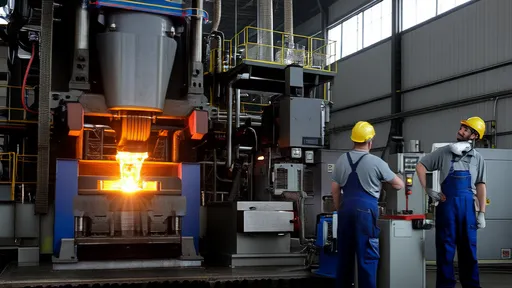
By /Jun 14, 2025

By /Jun 14, 2025
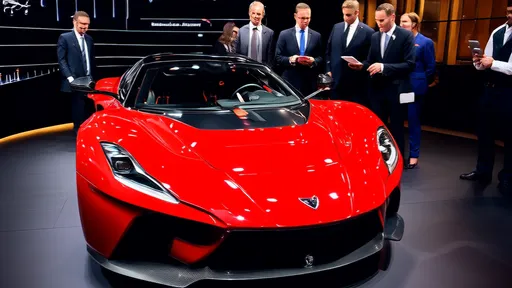
By /Jun 14, 2025

By /Jun 14, 2025

By /Jun 14, 2025
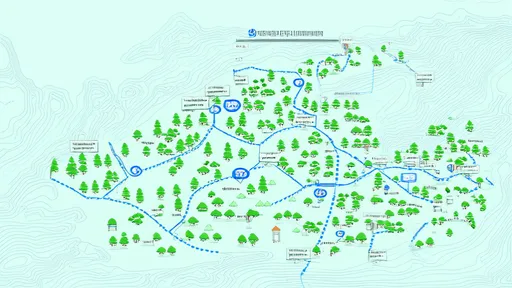
By /Jun 14, 2025
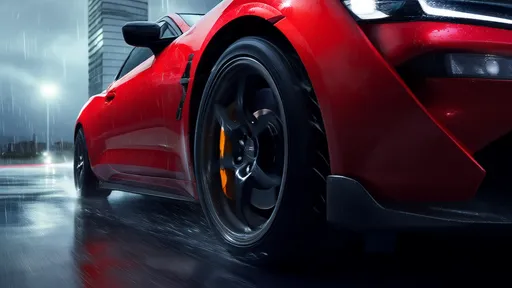
By /Jun 14, 2025

By /Jun 14, 2025
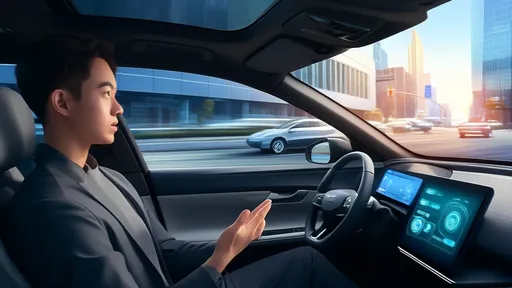
By /Jun 14, 2025
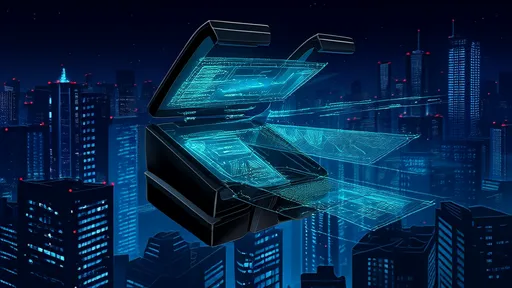
By /Jun 14, 2025
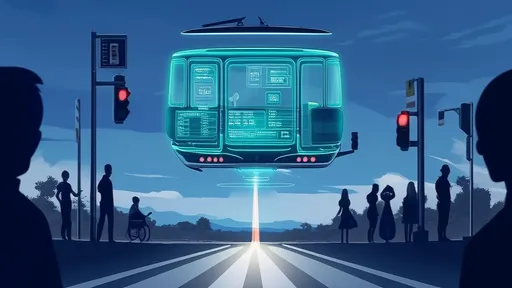
By /Jun 14, 2025
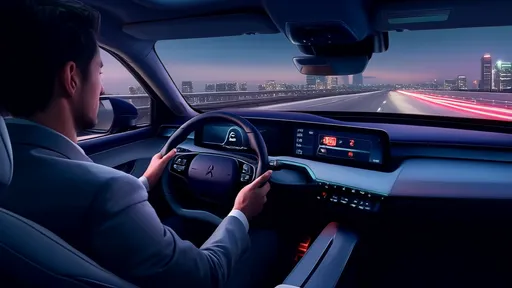
By /Jun 14, 2025
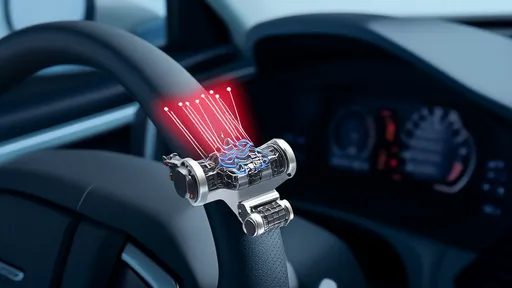
By /Jun 14, 2025
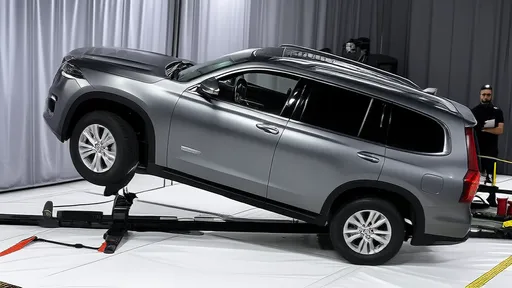
By /Jun 14, 2025
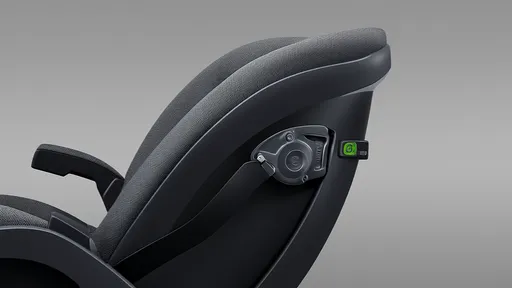
By /Jun 14, 2025
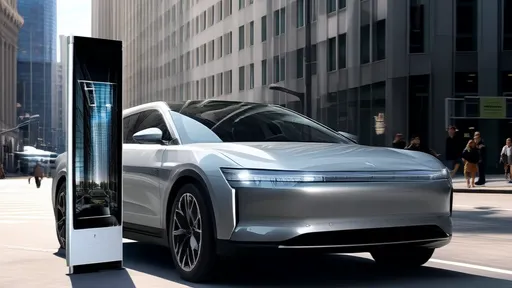
By /Jun 14, 2025
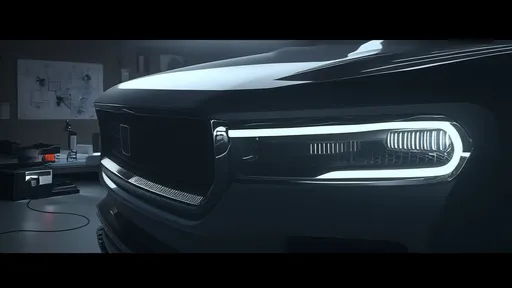
By /Jun 14, 2025